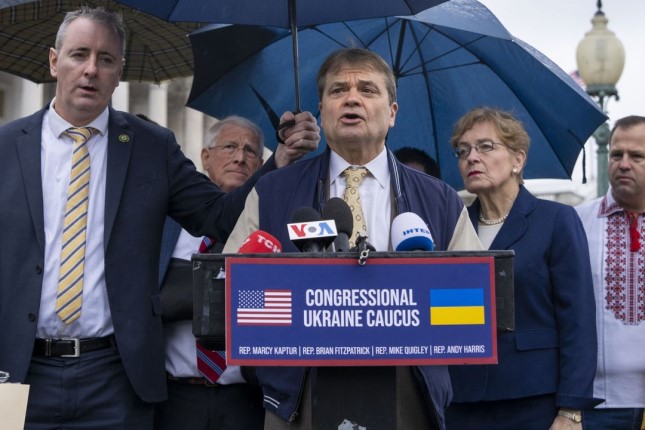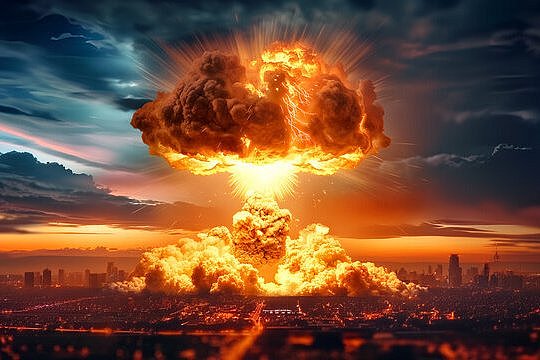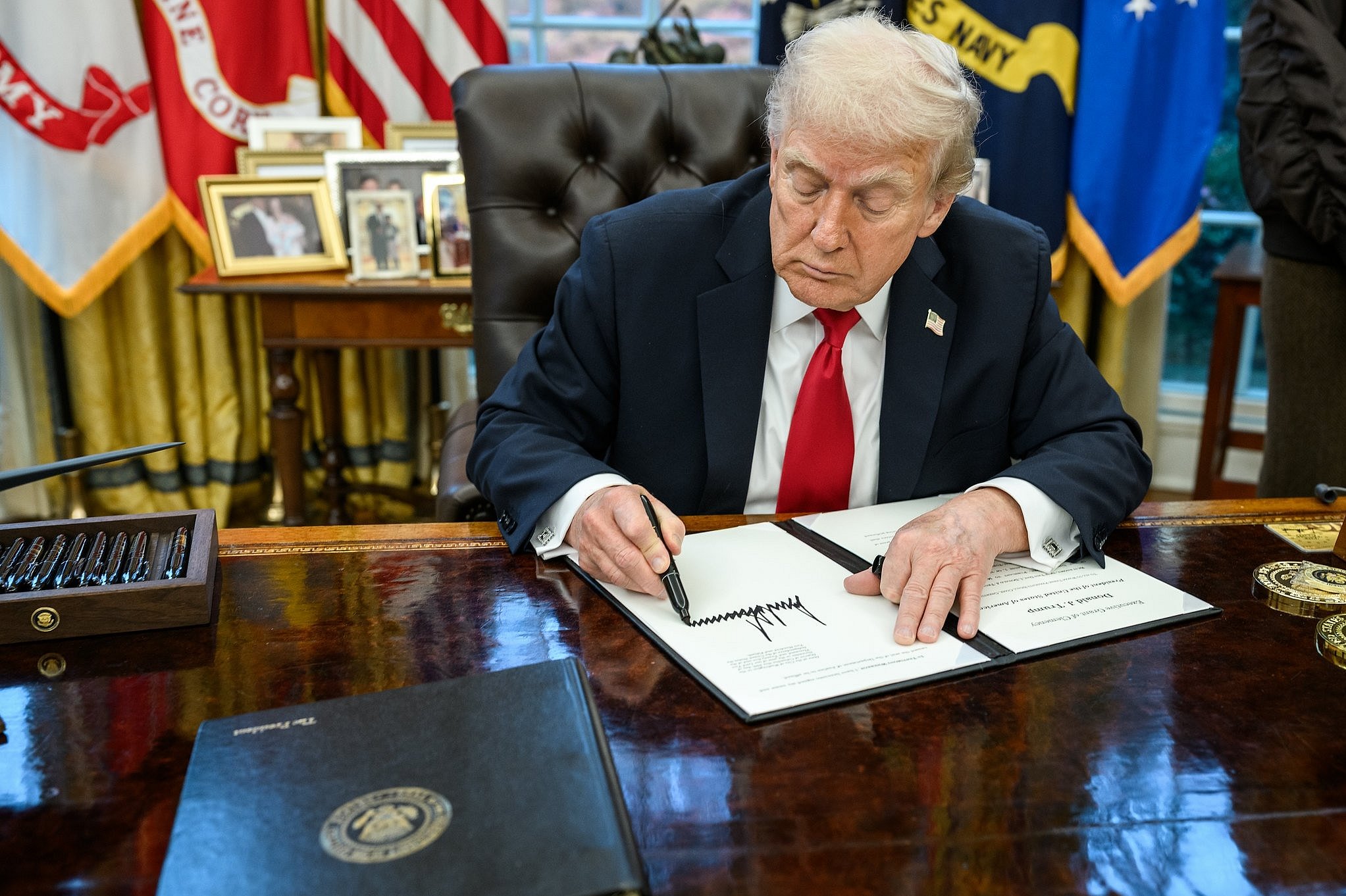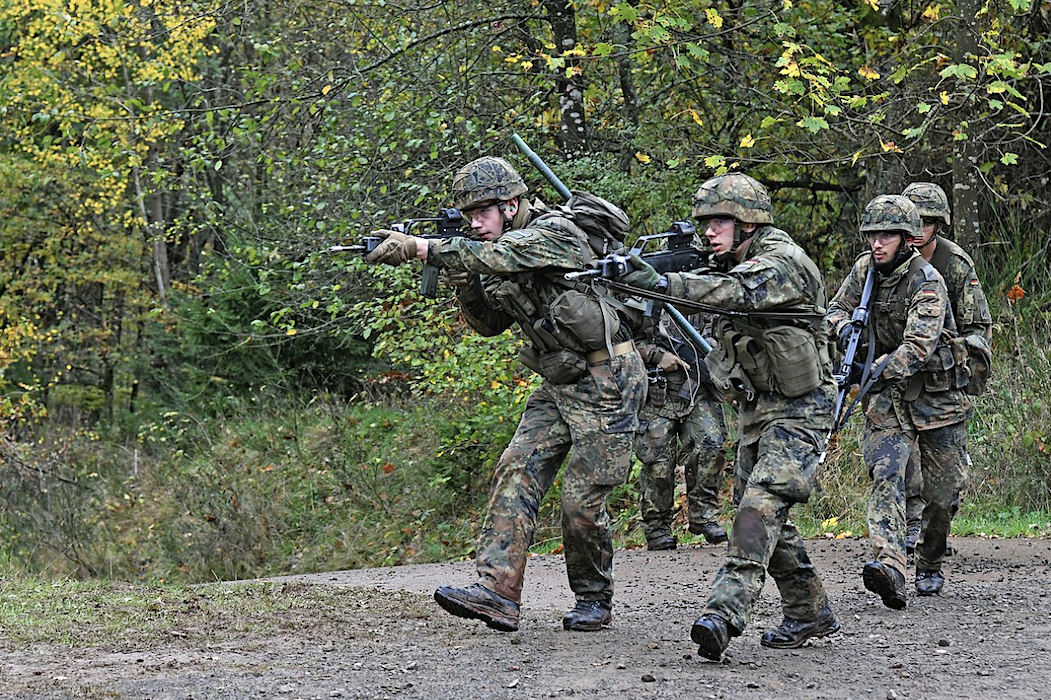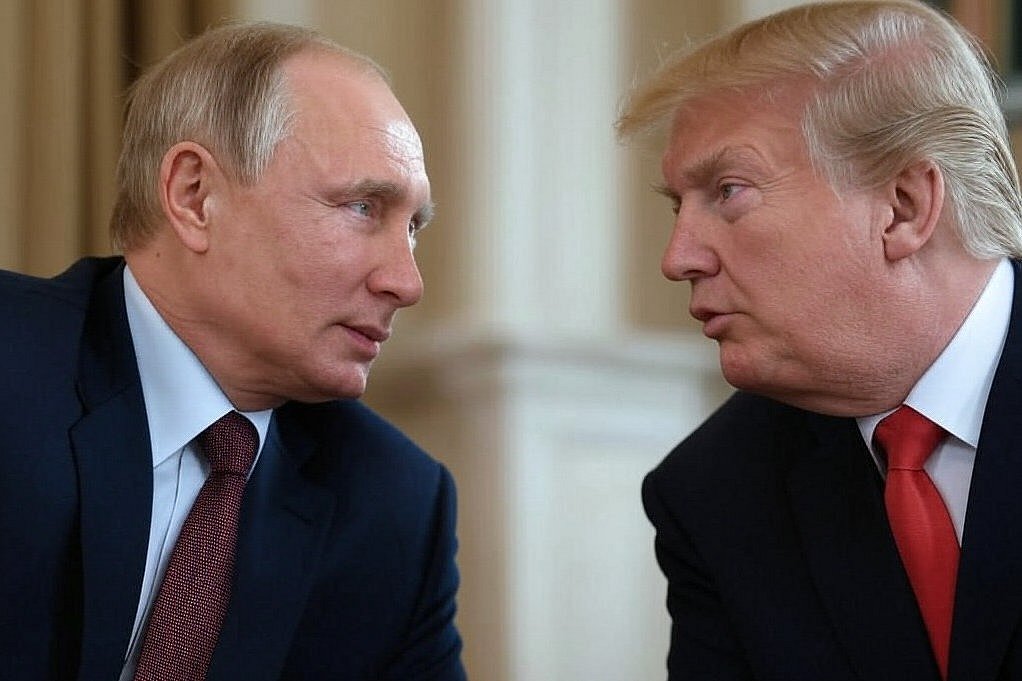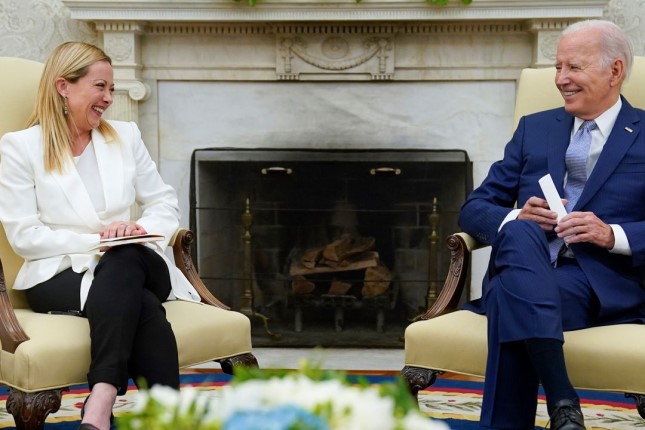In an article entitled “Pressure campaign on Biden to send F-16s to Ukraine goes into overdrive,” Politico reported that Congressional Ukrainian Caucus Co-Chair Marcy Kaptur, a Democrat from Toledo, Ohio, and a dozen other House members, Republican and Democratic, used “more strident language than in the past” to demand the White House send the jets.
“For Ukrainians, that is one of their top priorities,” Kaptur told Politico. “Every person that comes to see us from Ukraine mentions F-16s—every elected official, every interest group leader. That’s very important to them.”
The letter declared, “The United States can provide Ukraine with both immediate military assistance to defend against Russian advances and in preparation for Kyiv’s expected spring offensive while simultaneously beginning the process of providing Ukraine with long-term air superiority capability.”
The UK and the Netherlands said Tuesday that they would begin training Ukraine pilots on using the jets.
On Wednesday, Belgium announced that it would be willing to help train Ukrainian pilots on how to use F-16s. Commenting on the development, former US Ambassador to Russia Michael McFaul said, “Progress. Only a matter of time until Ukraine gets F16s.”
The F-16 is a fourth-generation supersonic fighter. It is capable of deploying the 1.2 megaton B83 nuclear bomb. It is a major component of NATO’s “nuclear sharing” system of frontline deployed tactical nuclear weapons in Europe.
“We need F-16s, and I am grateful to our allies for their decision to work in this direction, including training our pilots,” said Andriy Yermak, head of the office of the president of Ukraine.
In March 2022, Biden asserted, “... look, the idea—the idea that we’re going to send in offensive equipment and have planes and tanks and trains going in with American pilots and American crews, just understand—and don’t kid yourself, no matter what you all say—that’s called World War Three.”
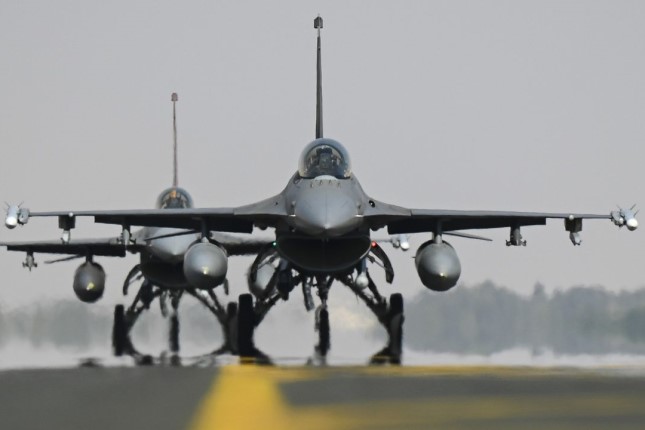
Two Air Force F-16 Fighting Falcons return from a mission during Agile Spartan in the US Central Command area of responsibility, March 6, 2023. Photo: Air Force Tech. Sgt. Daniel Asselta.
In January, the White House announced it would send 50 M1 Abrams main battle tanks to Ukraine. Kiev has already received over 200 main battle tanks and over 1,000 armored infantry fighting vehicles from NATO countries.
Last Tuesday, UK officials said they would be sending long-range missiles to Ukraine, breaking yet another red line set by the US and its NATO allies about their direct involvement in the war.
Just days later, Russian officials claimed that these long-range weapons were used to strike Russian-occupied territory.
Last May, US President Joe Biden categorically declared, “We are not going to send to Ukraine rocket systems that strike into Russia.”
But UK officials made clear that, both with long-range missiles and with F-16 fighter jets, their announcements could serve as icebreakers for similar measures by the United States.
“It’s a position the United Kingdom can uniquely do. … We know that if we give something it makes it slightly easier for others,” a UK official told the Washington Post. “There is definitely a different risk tolerance among different countries. We’re often in an earlier place.”
As with the provision of the turbine-powered M1 Abrams battle tanks, a move by NATO to send long-range missiles and advanced fighter jets involves the deployment of a vast logistical infrastructure.
In February, Politico reported, “A group of former military officers and private donors is raising money to send Western mechanics close to the Ukrainian frontlines, where they will repair battle-damaged donated weapons and vehicles that have been flooding into the country.” The report continued, “The plan is to find 100 to 200 experienced contractors who would travel to Ukraine and embed themselves with small units near the front lines.”
According to a series of leaked Pentagon documents made public earlier this year, over 150 US and NATO military personnel are already deployed inside Ukraine. The Pentagon had earlier claim that the primary aim of US troops inside the country was to supervise the distribution and deployment of US-and NATO-supplied weaponry.
This escalation takes place under conditions in which it is becoming clear that NATO’s proxy forces in Ukraine cannot achieve the sweeping aims set out by the United States.
Even as the US rushes weapons into Ukraine, Russia is increasingly targeting those weapons. On Tuesday, Russian forces launched an airstrike on a US-supplied Patriot missile battery in Kiev. According to Russian officials, the strike destroyed five launchers, while US officials claimed only one launcher was damaged but not destroyed.
Main photo: Co-chairs of the Congressional Ukraine Caucus Representative Brian Fitzpatrick, Republican-Pennsylvania, front left, Representative. Mike Quigley, Democratic-Illinois, and Representative Marcy Kaptur, Democratic-Ohio, along with Senator Roger Wicker, Republican-Mississippi, in second row at right of Fitzpatrick, attend a news conference, Tuesday, Jan. 31, 2023, about the war in Ukraine, on Capitol Hill in Washington. © AP Photo / Jacquelyn Martin.
Source: World Socialist Web Site.
